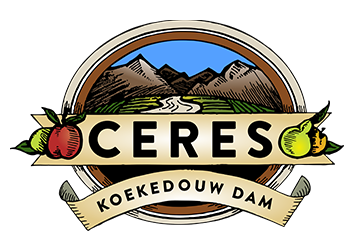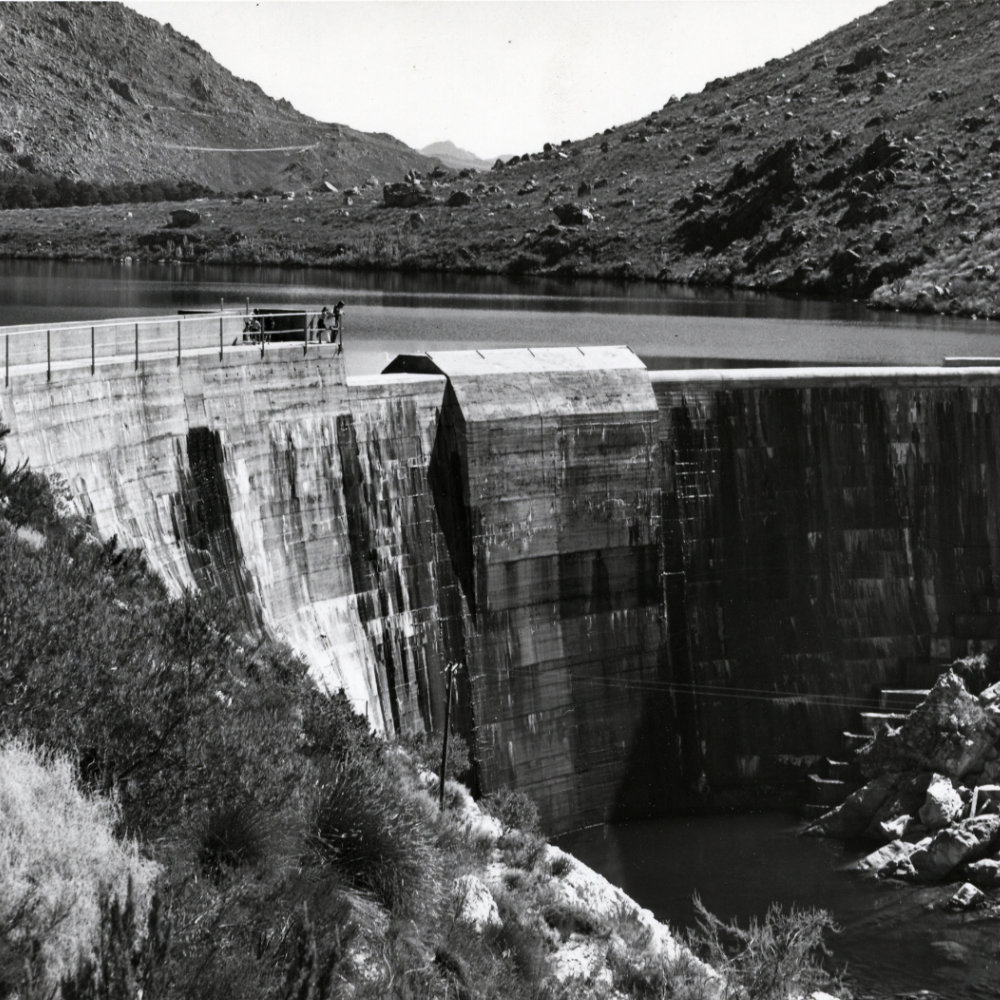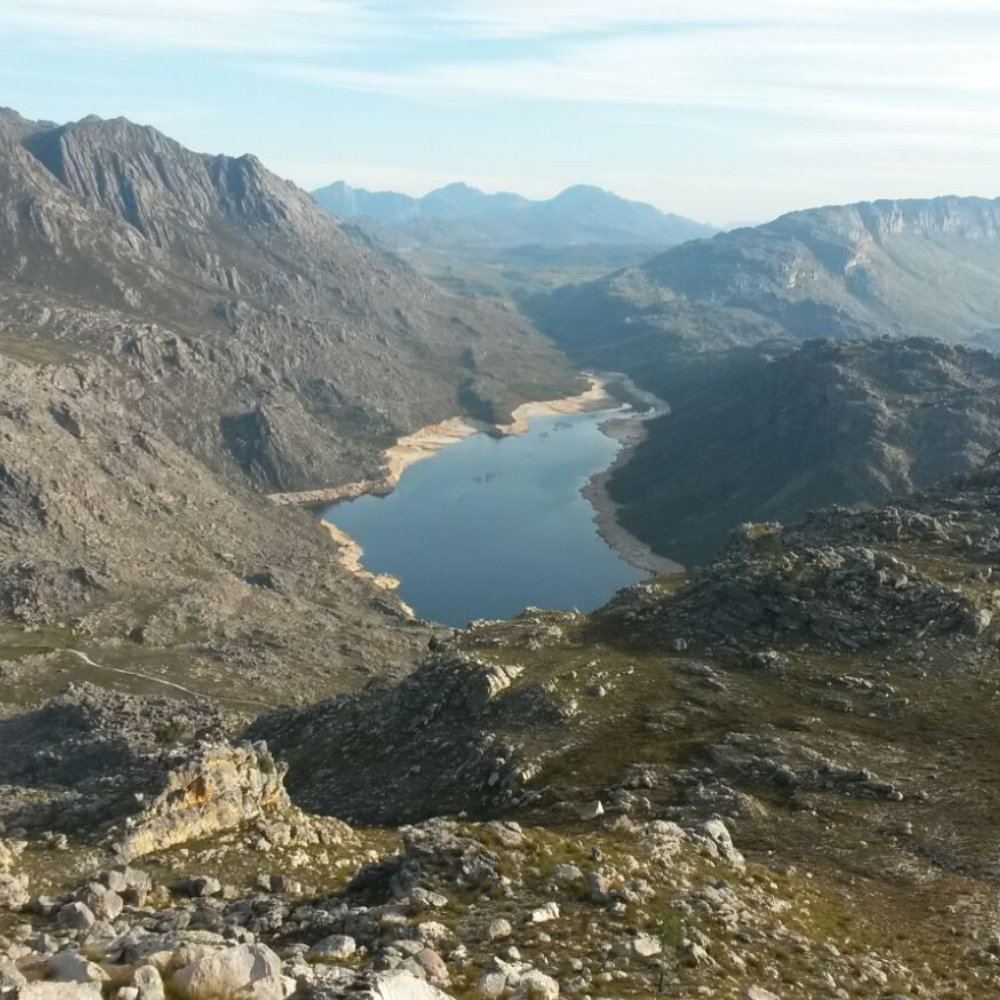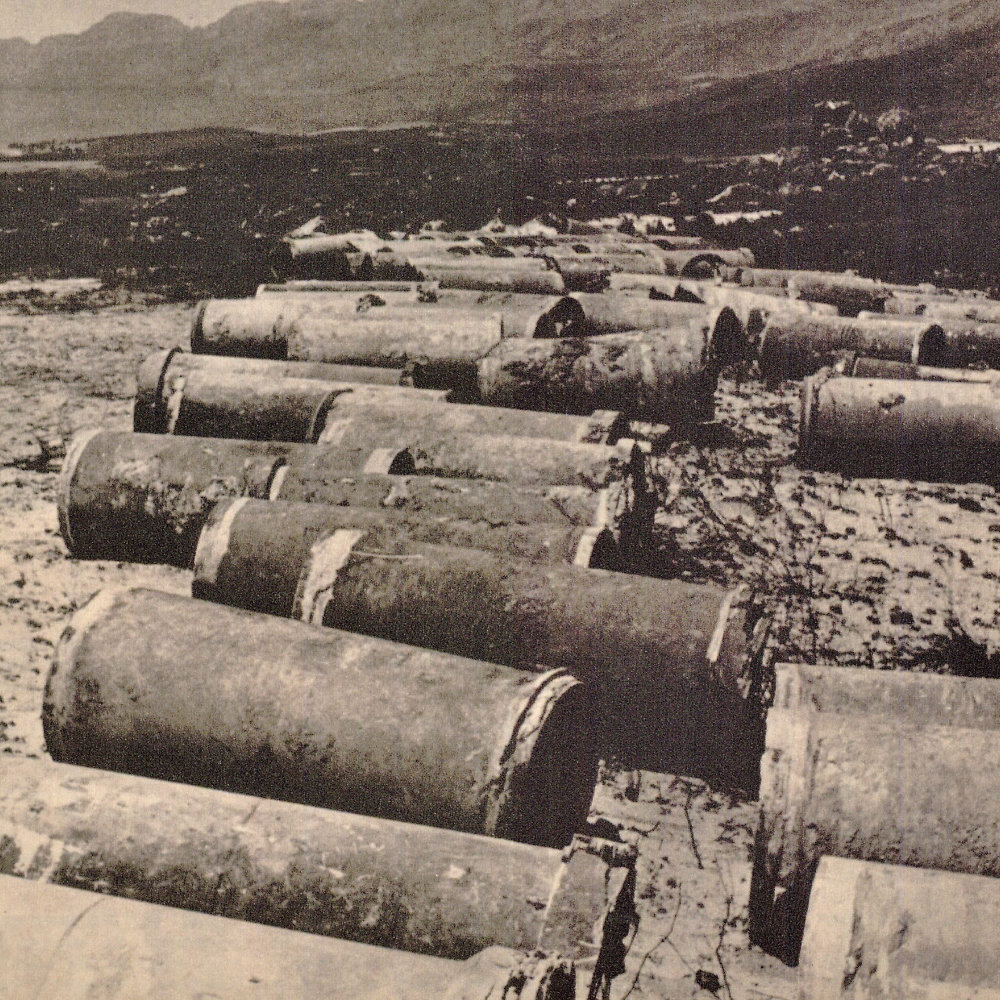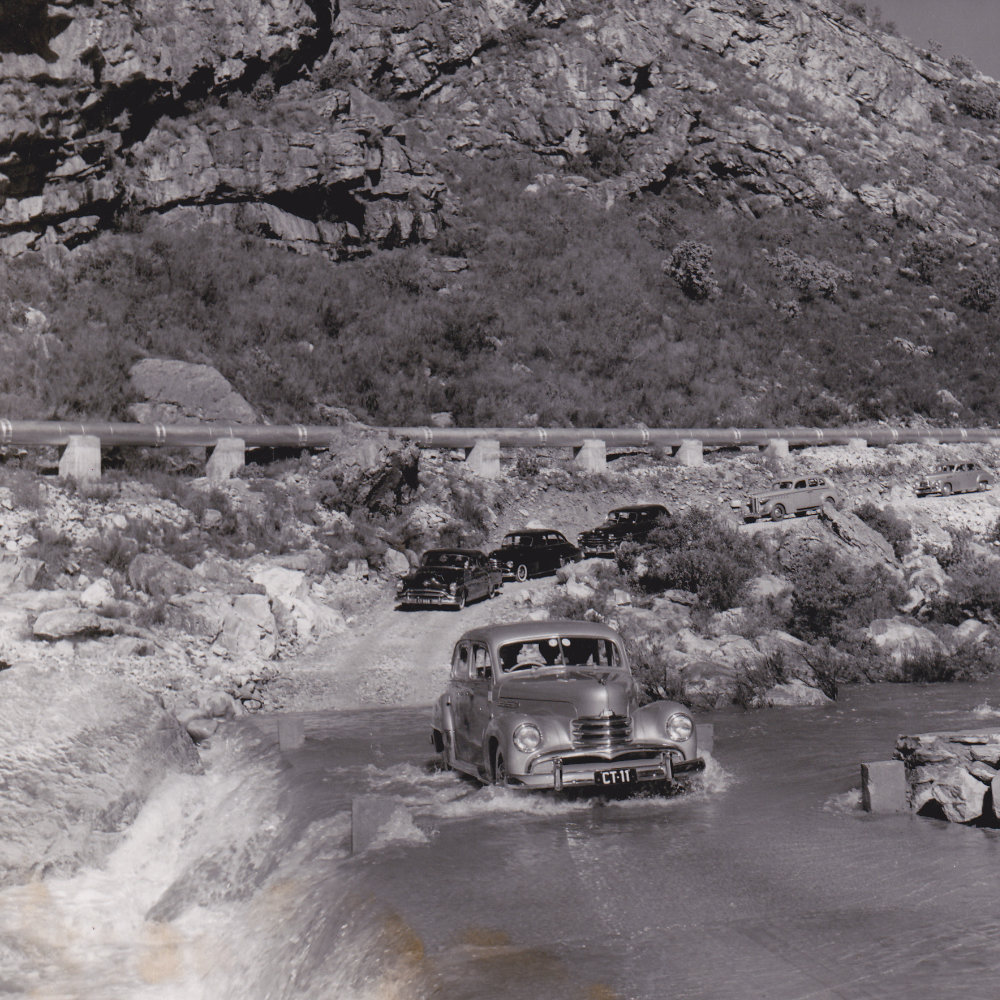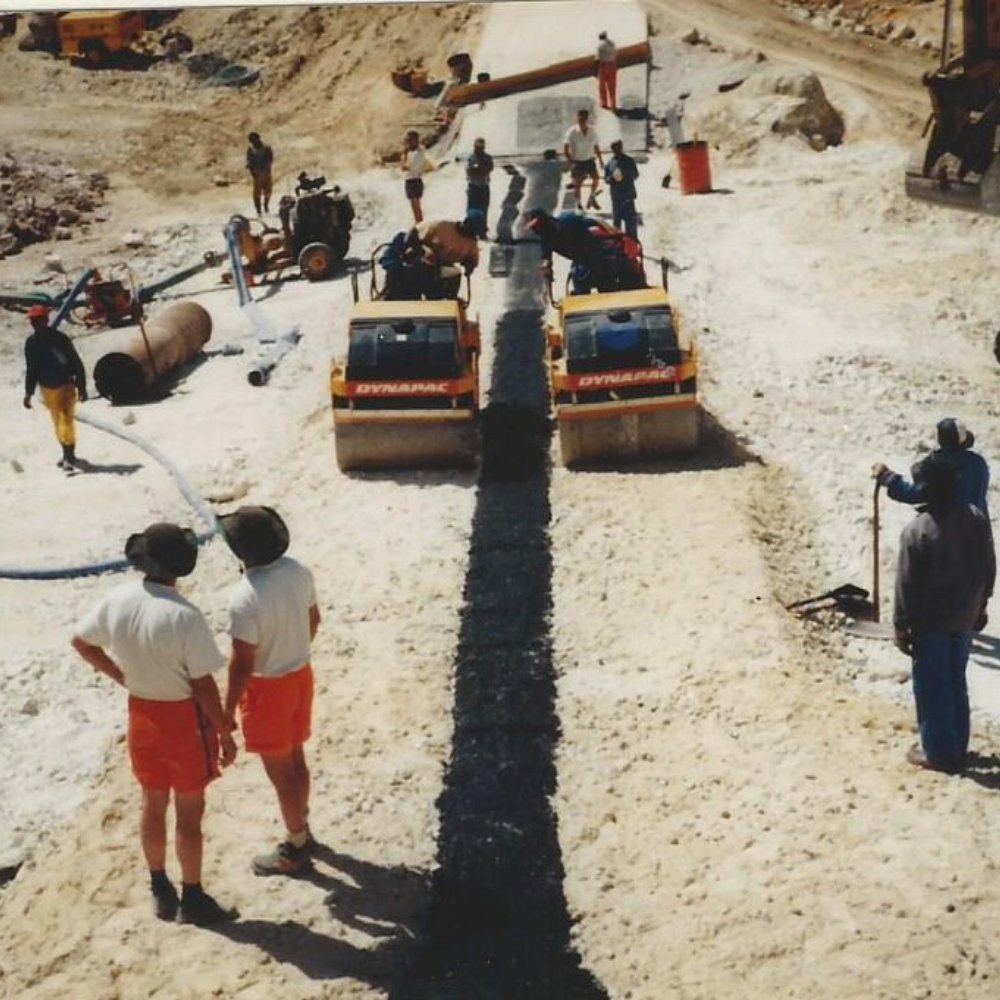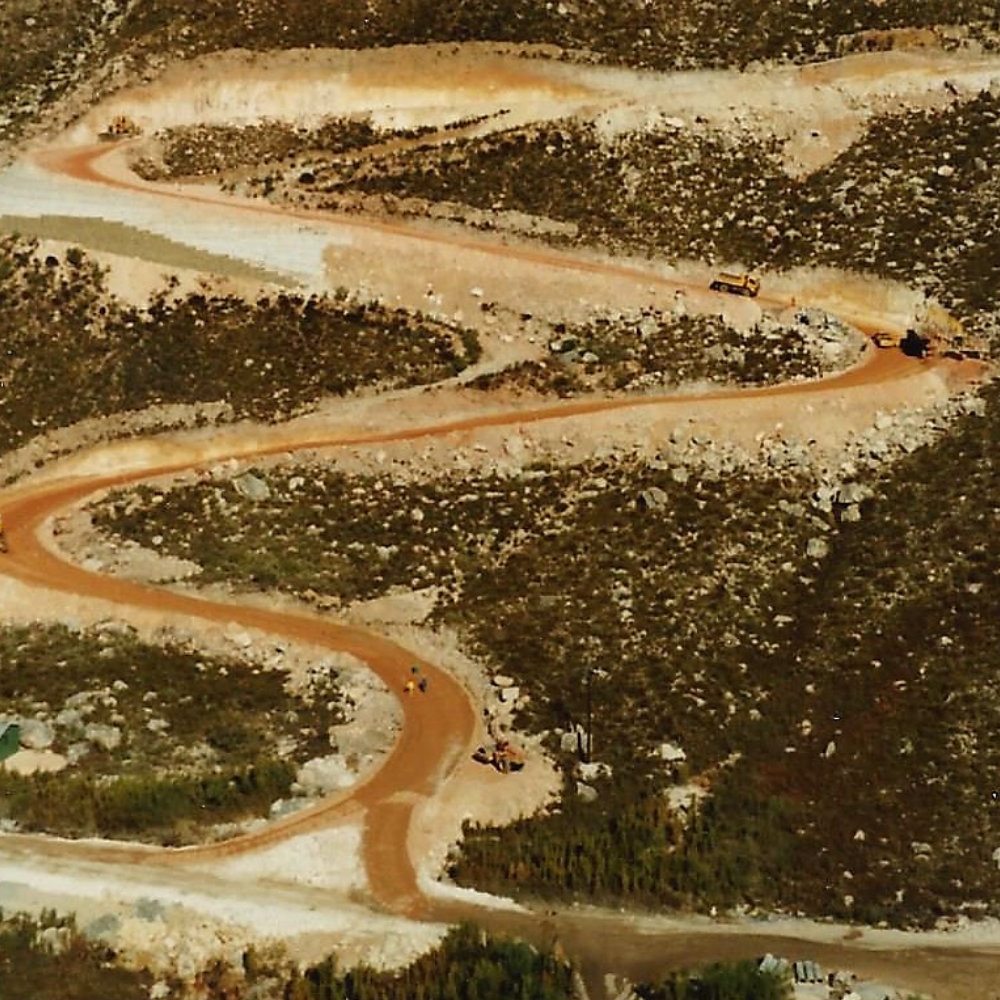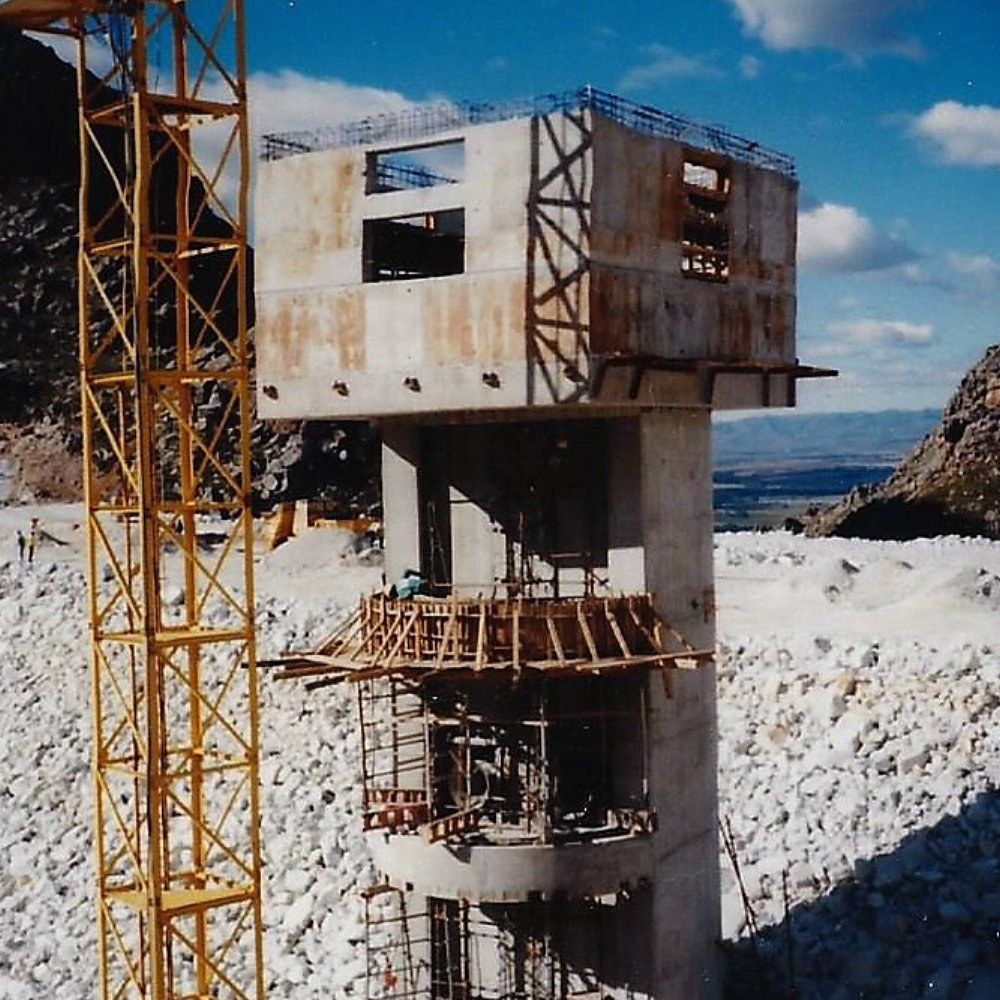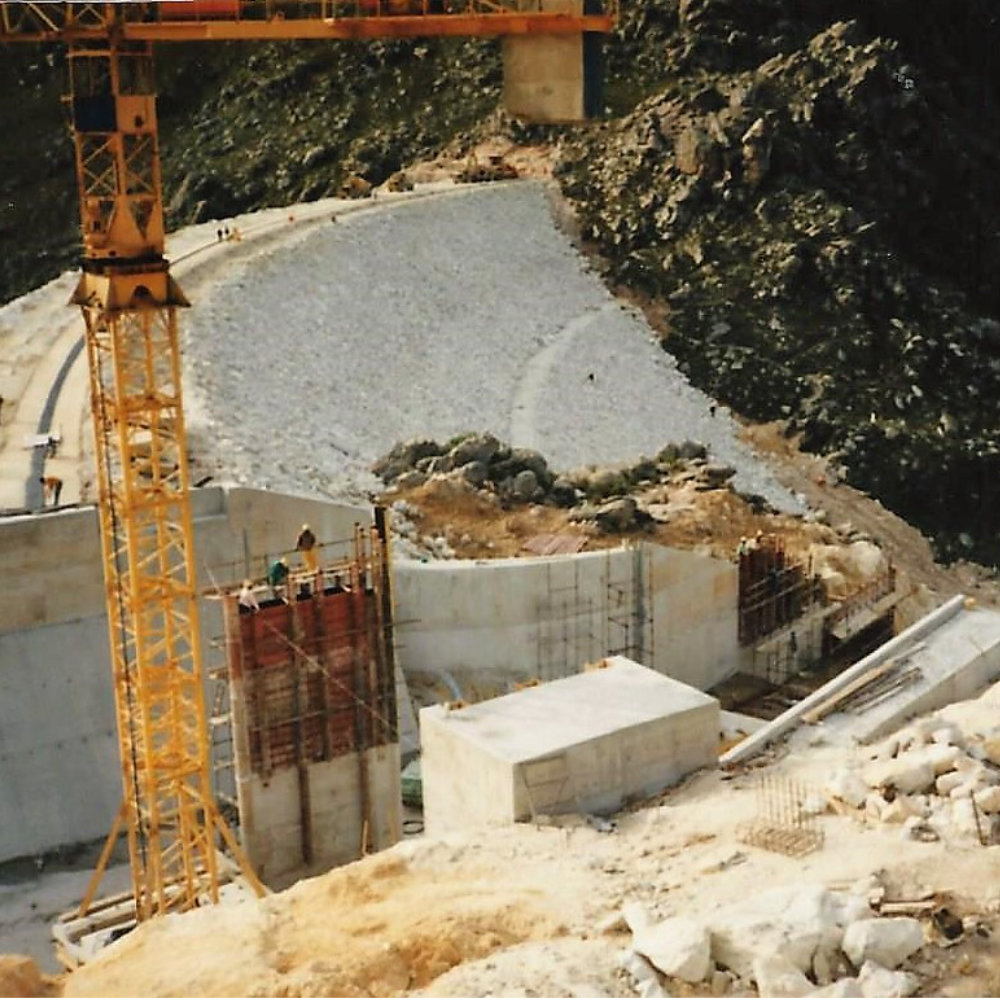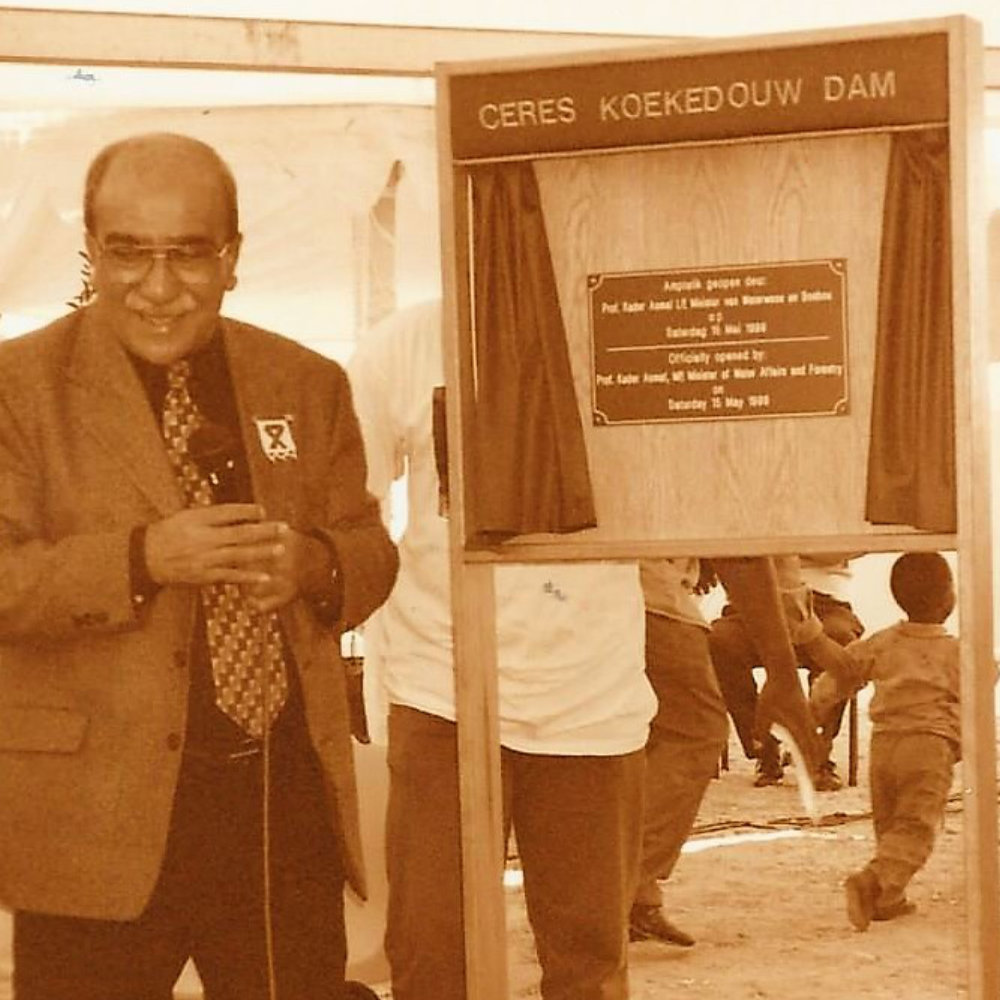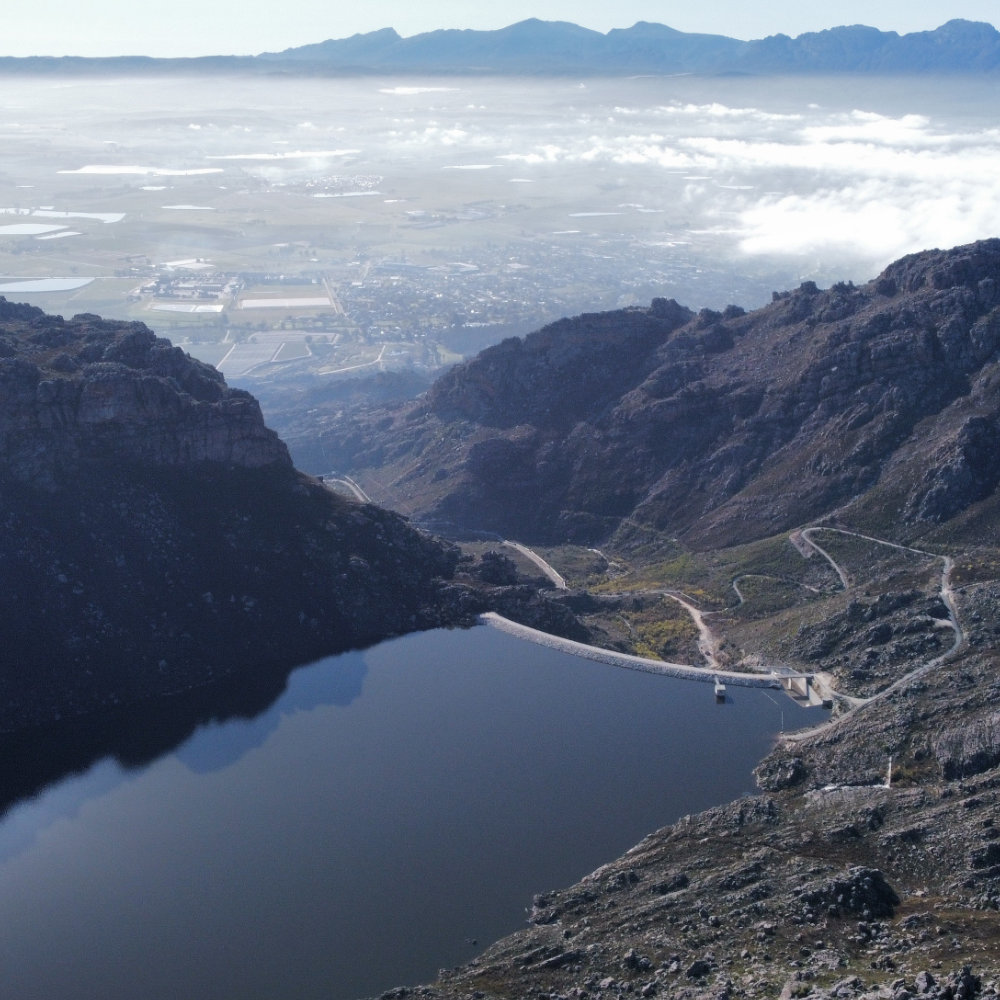It was agreed upon by all parties involved that for the initial 20 years following completion, farmers would have access to 10,000,000 cubic meters, while the town would receive 7,000,000 cubic meters. Afterward, the allocation was to shift to 7,000,000 cubic meters for farmers and 10,000,000 cubic meters for the town.
Following the dam’s completion, an additional 800 hectares of farmland became available for irrigation. Plans were also underway to allocate 130 hectares of irrigated land to emerging small-scale farmers from the larger dam. This component of the project advanced as envisioned, enhancing the region’s agricultural prospects.
The Witzenberg Municipality is using its allocation to supply precious drinking water to the towns of Ceres, Bella Vista, Nduli and Prince Alfred’s Hamlet.
